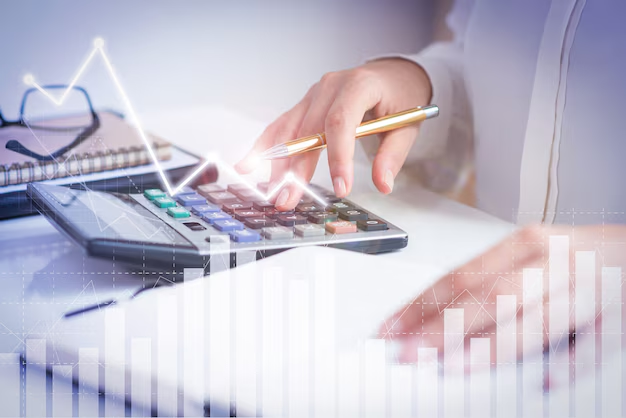When Malik’s car broke down on his way to work, the mechanic’s estimate came to $1,200. He had two choices: swipe the credit card and carry that debt for months, or dip into the emergency savings he’d been slowly building. Because he had a cushion, the decision was stress-free. He paid in cash and moved on with his life. That’s the power of an emergency fund—it turns financial crises into inconveniences.
Why Emergency Funds Matter
An emergency fund is a cash reserve set aside specifically for unexpected expenses. Think of it as a personal safety net. Whether it’s a medical bill, job loss, or urgent home repair, these expenses can destabilize anyone without liquid savings.
Experts like Investopedia highlight that emergency funds prevent you from dipping into long-term investments or relying on high-interest debt. They are not about maximizing returns—they’re about buying peace of mind.
How Much Is Enough?
The common guideline is to cover 3–6 months of living expenses. But the right number depends on your situation:
- Single with stable job: 3 months may be sufficient.
- Dual-income household: 3–6 months is typical.
- Self-employed or variable income: 6–12 months offers more security.
Example: If your household spends $3,000 monthly, a 6-month emergency fund equals $18,000 in cash or highly liquid assets.
Where to Keep It
Your emergency fund must be safe and accessible, not invested in risky assets. Options include:
- High-yield savings accounts
- Money market accounts
- Short-term certificates of deposit (CDs)
While these won’t earn stock-market-level returns, they keep your funds liquid and protected.
Case Study: Malik’s Cushion
Malik earns $50,000 a year and spends about $2,500 monthly. He built a $7,500 emergency fund over 18 months by automating $400/month into a high-yield savings account. When his car broke down, he used $1,200, then gradually replenished the account over the next few months. The emergency fund did its job: covering the shock without derailing his long-term investments.
FAQs
Do I count my credit card as an emergency fund?
No—credit cards are debt, not savings. They should be last resort, not plan A.
Can I invest my emergency fund?
Not in volatile assets like stocks. The fund’s purpose is stability and access, not growth.
What if I can’t save 3 months’ expenses?
Start small—$500 or $1,000 still makes a huge difference. Build gradually, even $50 at a time.
Should I use my emergency fund for planned expenses?
No. Use it only for unpredictable needs. Planned items (vacation, annual bills) belong in a sinking fund.
Take Action This Week
Open a separate high-yield savings account. Automate a small transfer—$100, $50, even $20 per paycheck. Watch it grow. The first $1,000 is the hardest, but it changes your confidence immediately.
Final Takeaway
An emergency fund isn’t about chasing returns—it’s about buying peace of mind. With a few months of expenses tucked away, financial surprises become speed bumps, not roadblocks. Start yours today, and turn future crises into minor detours on your path to independence.






